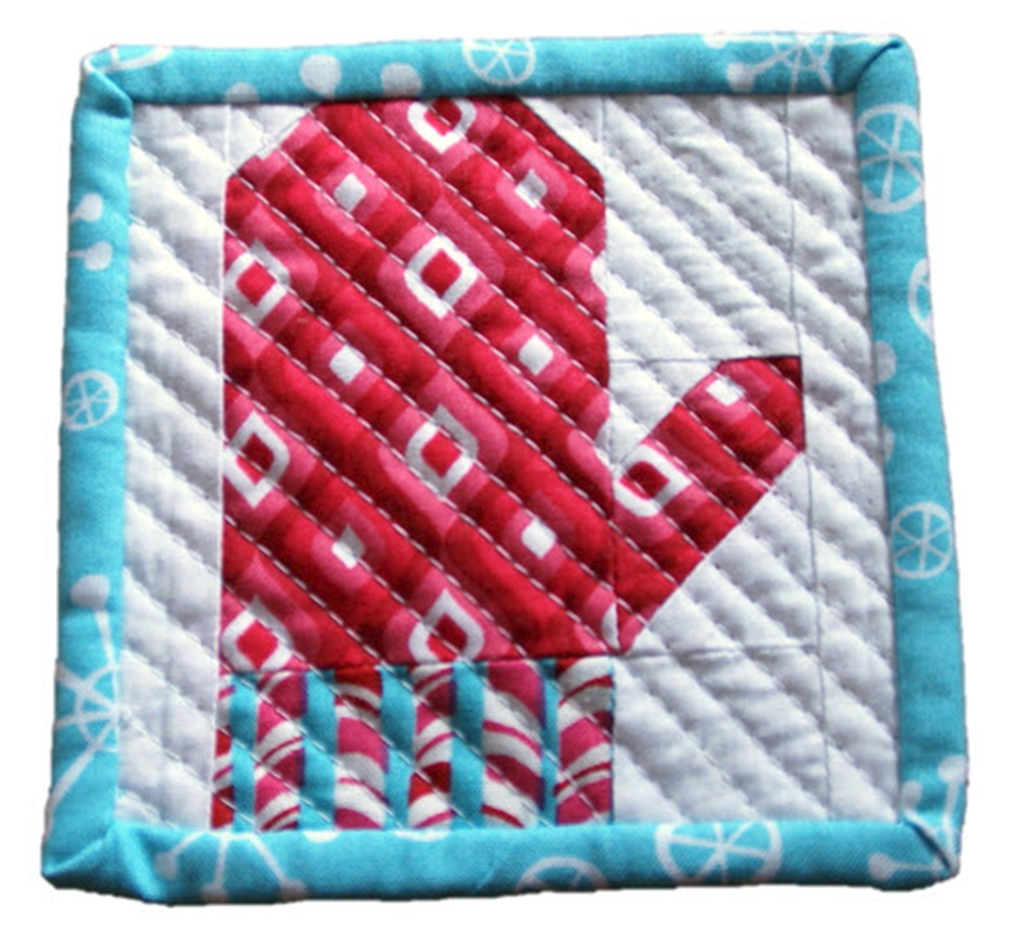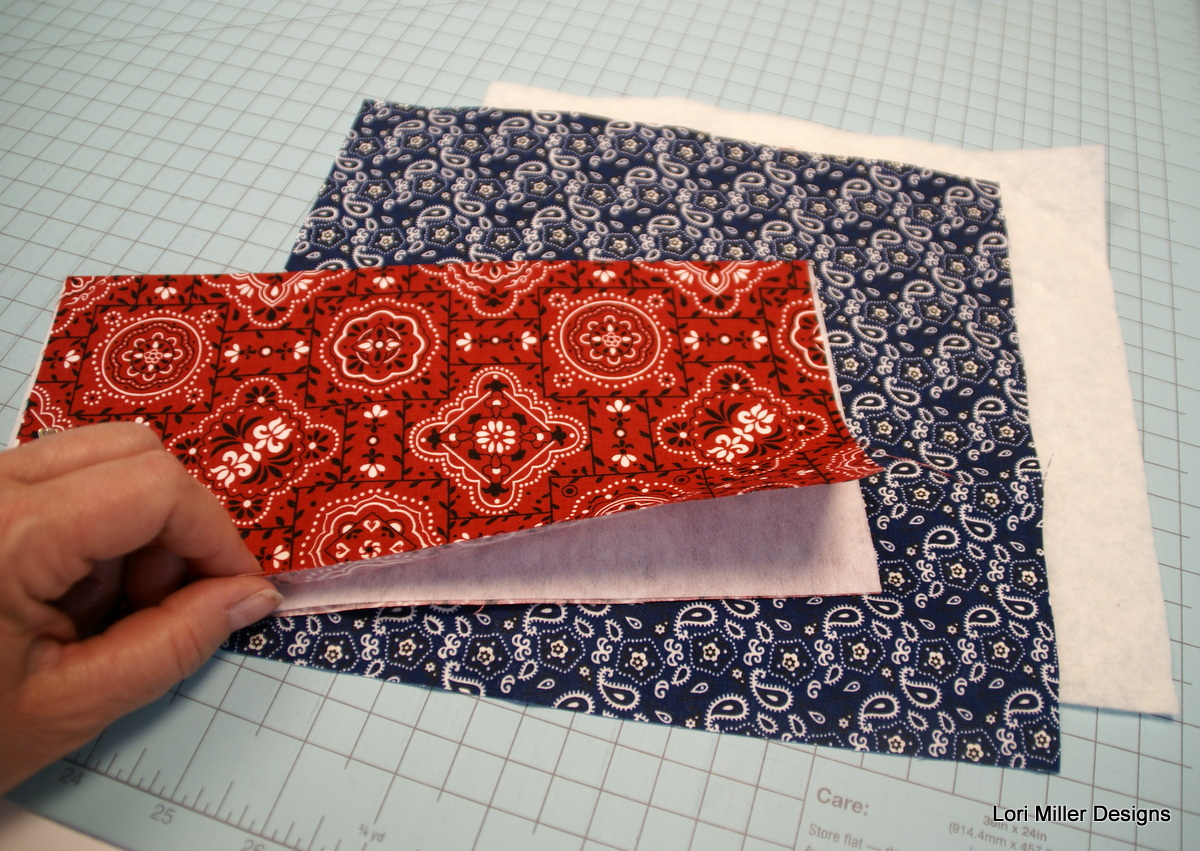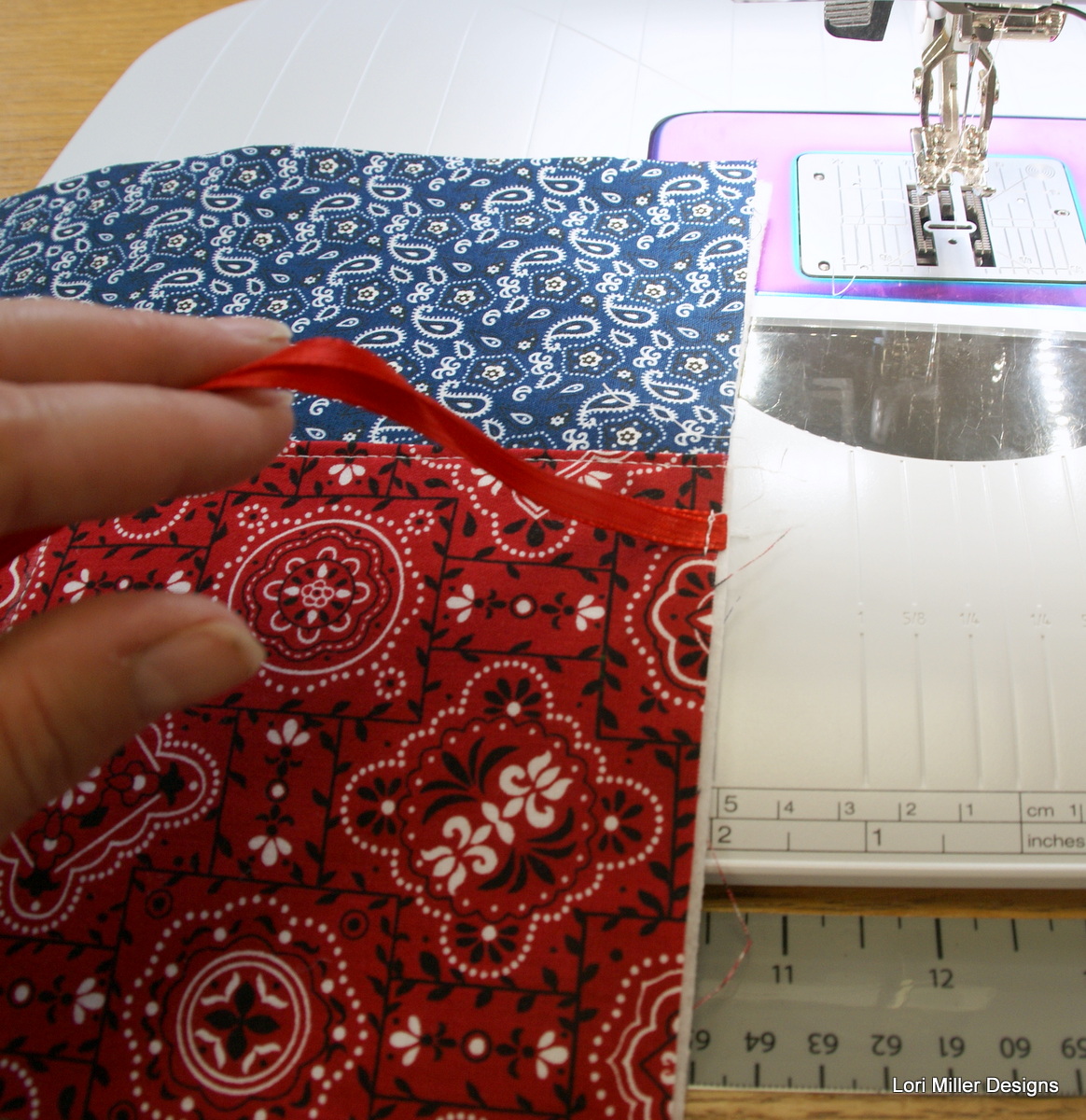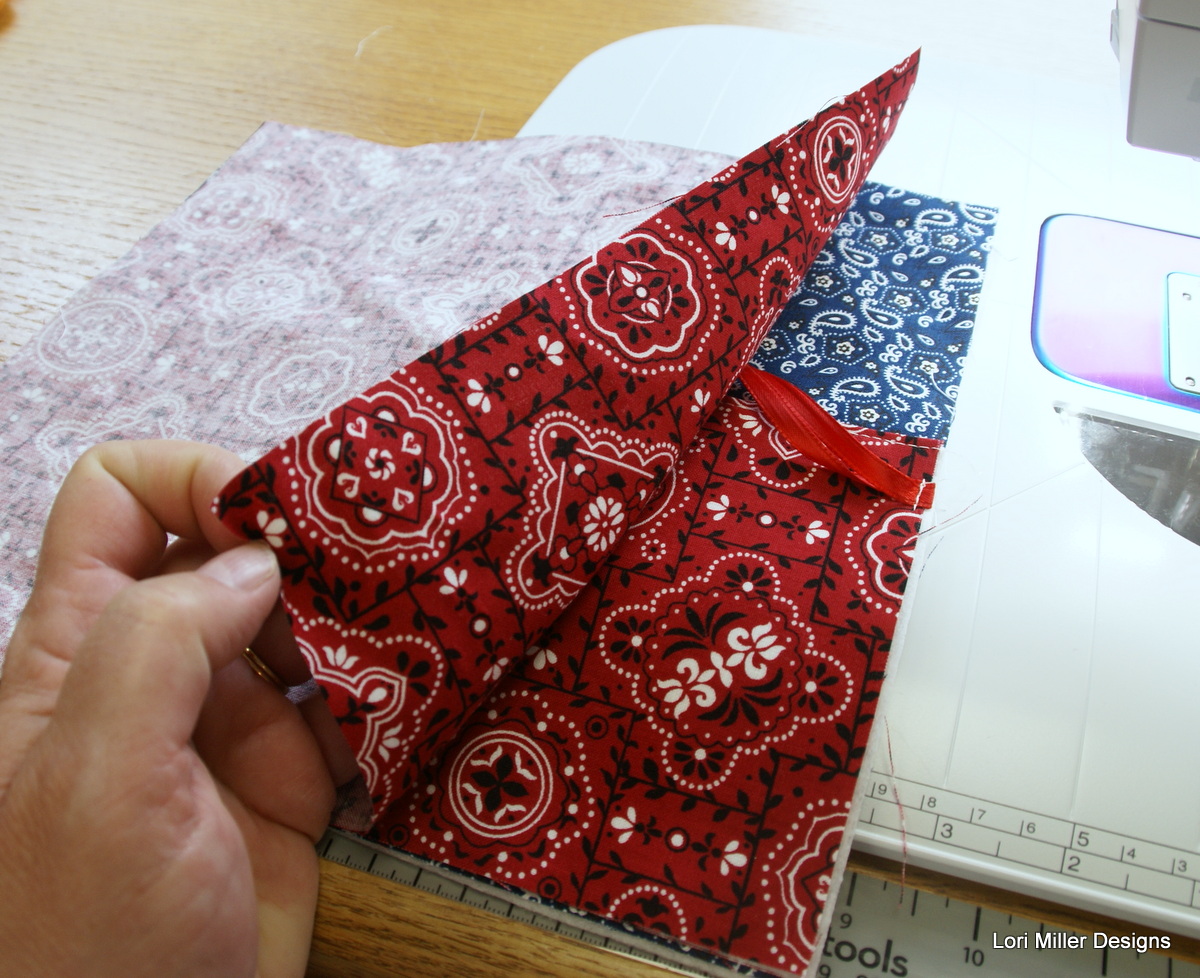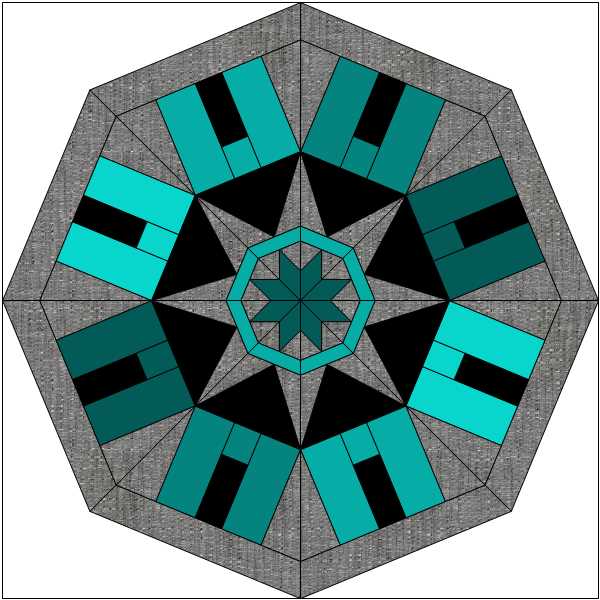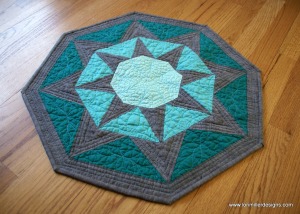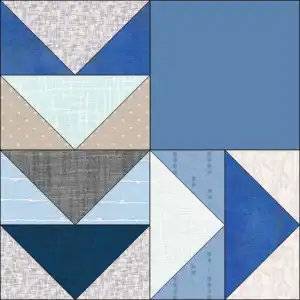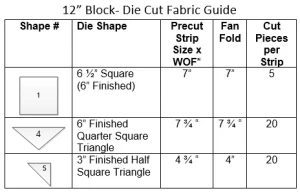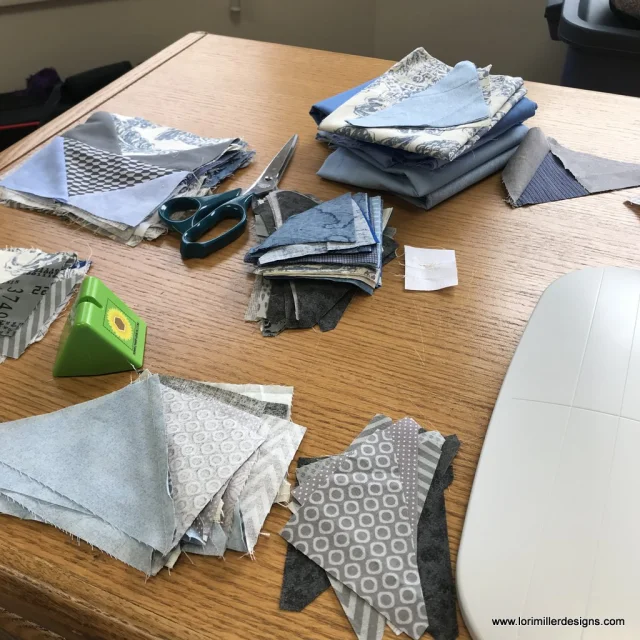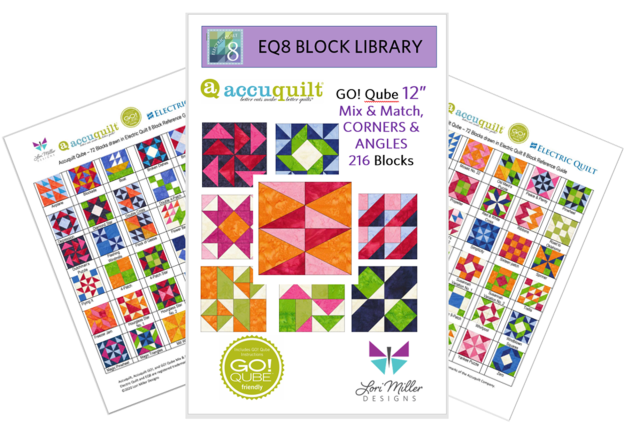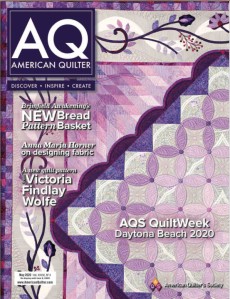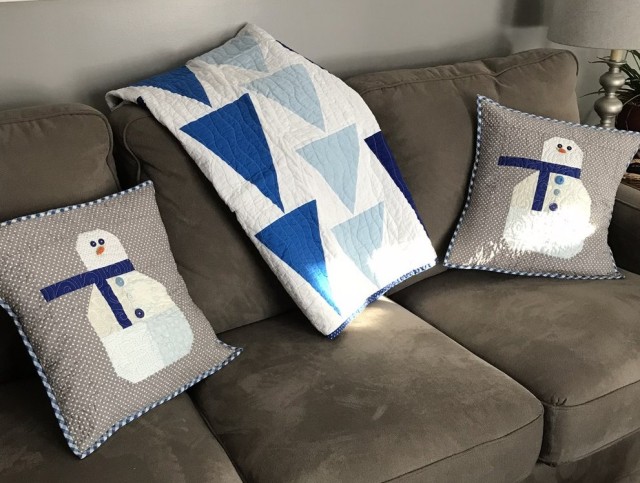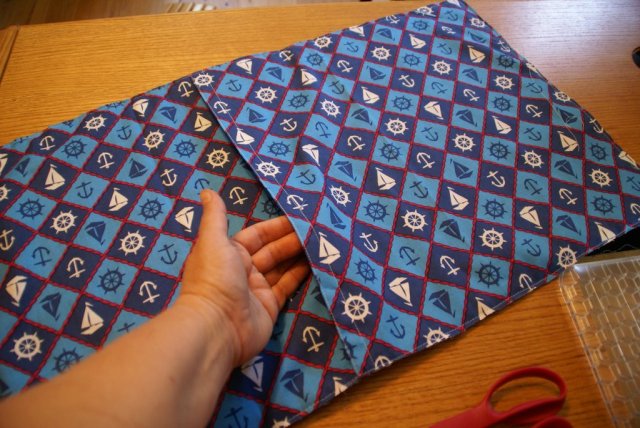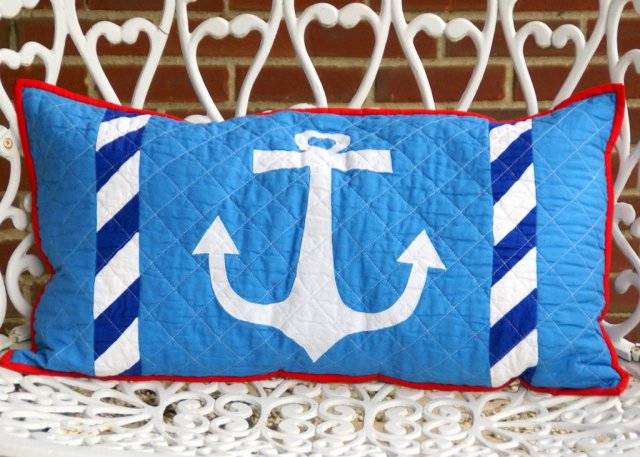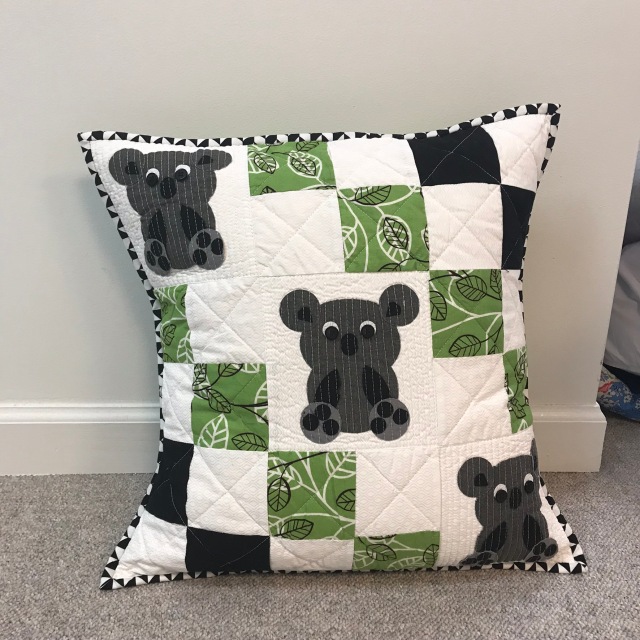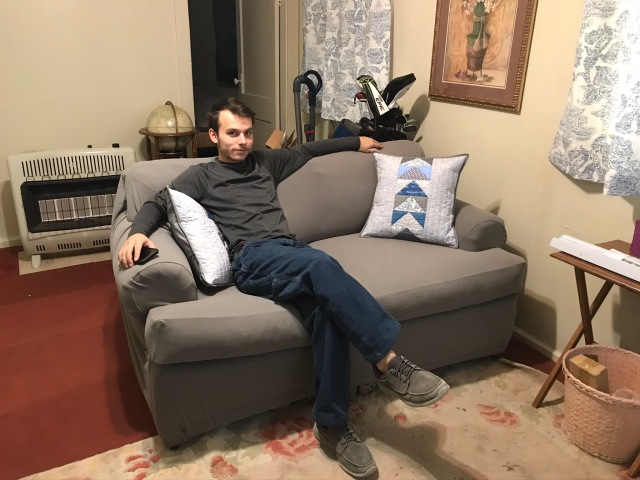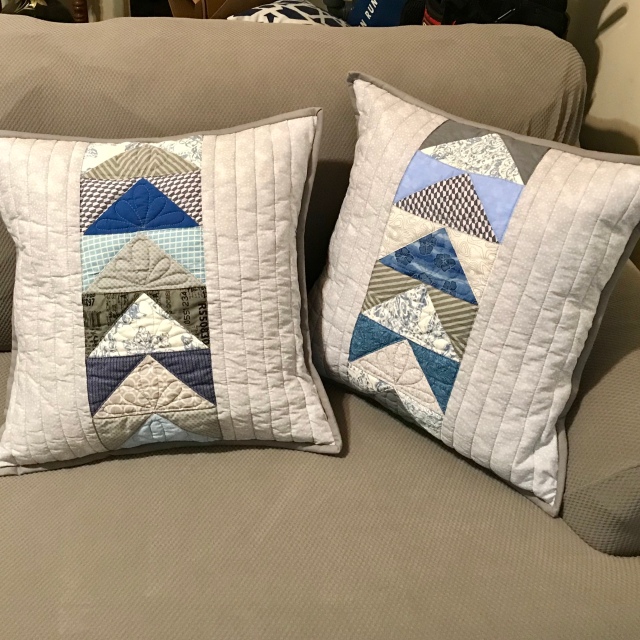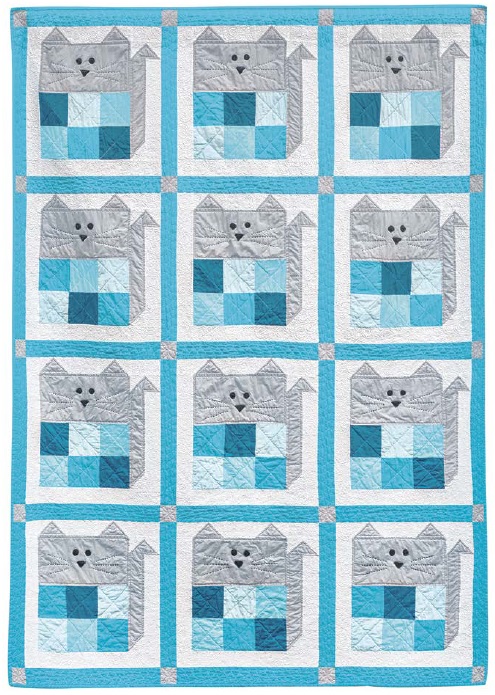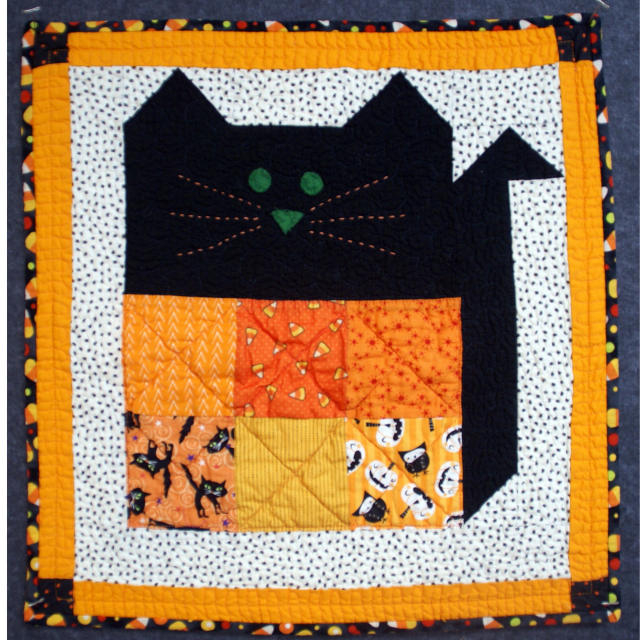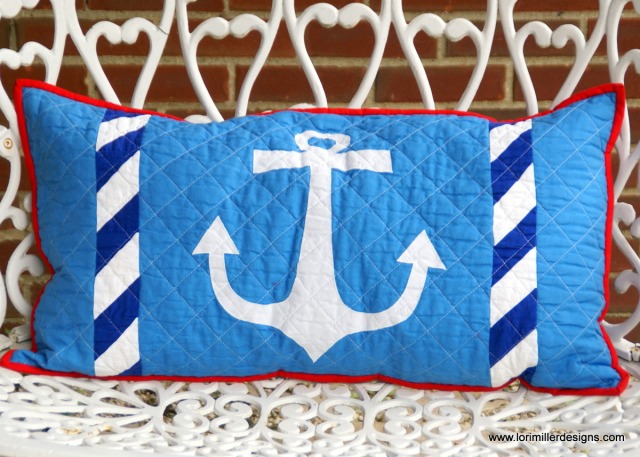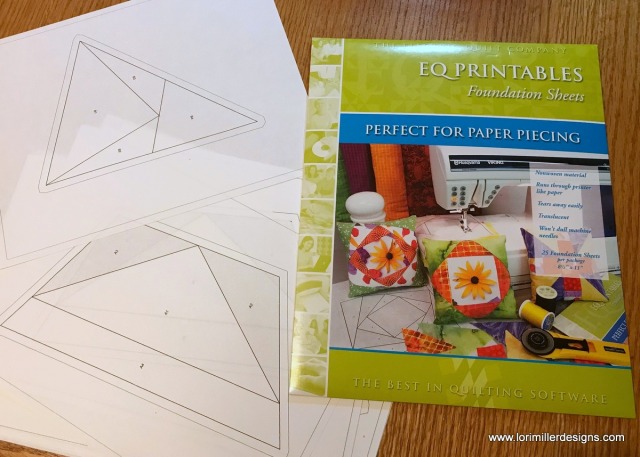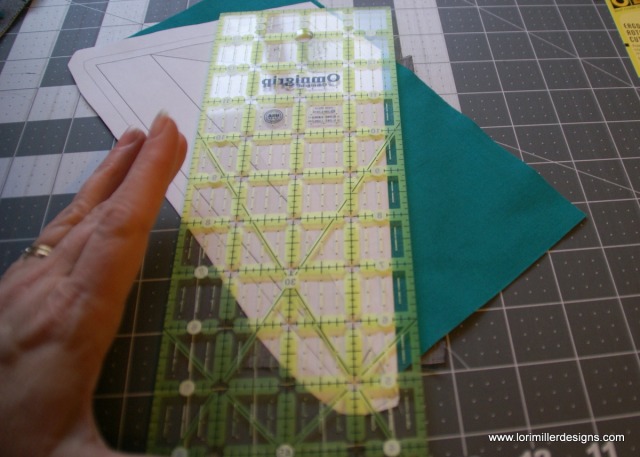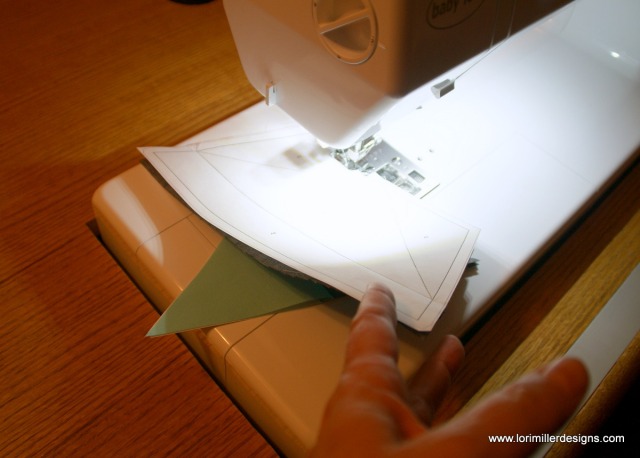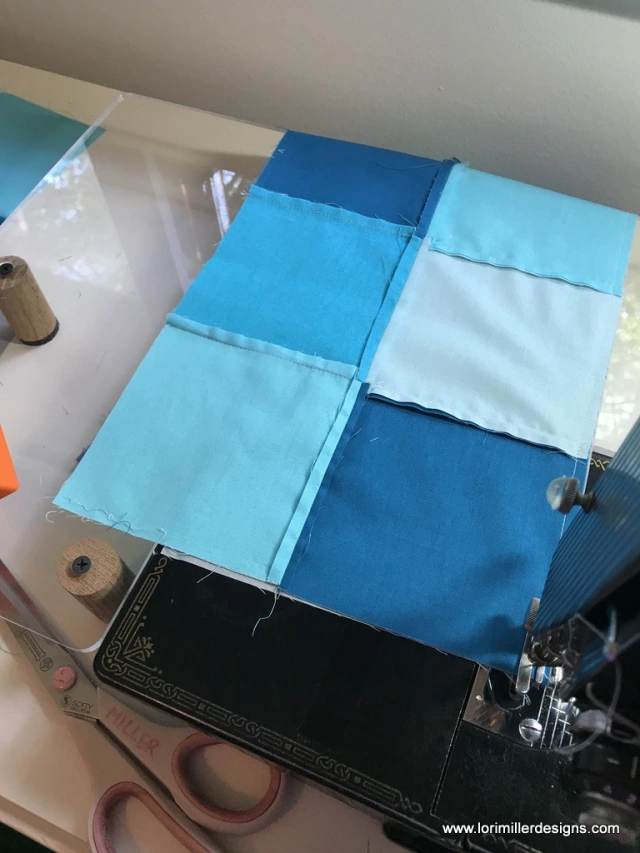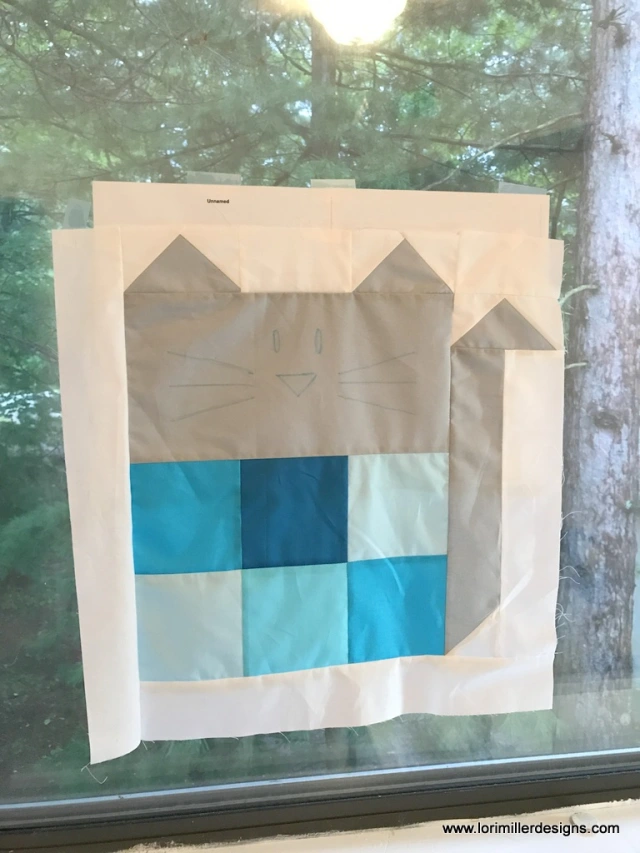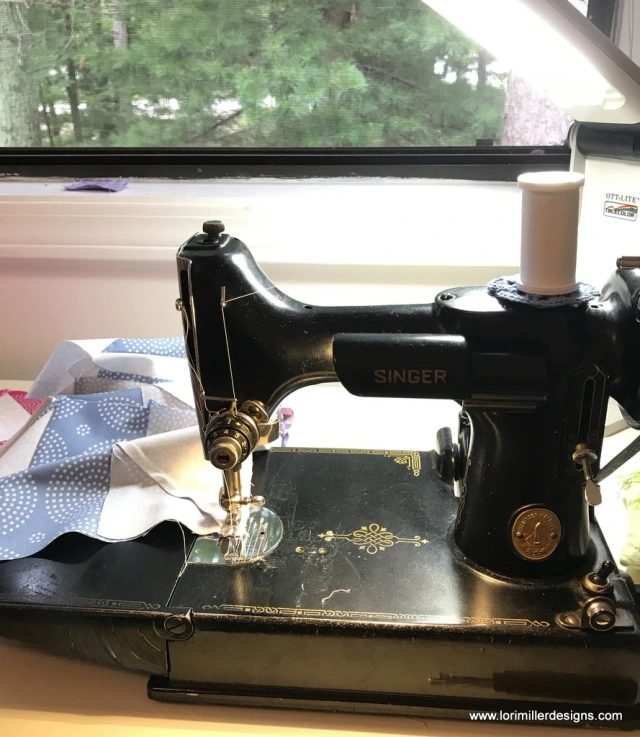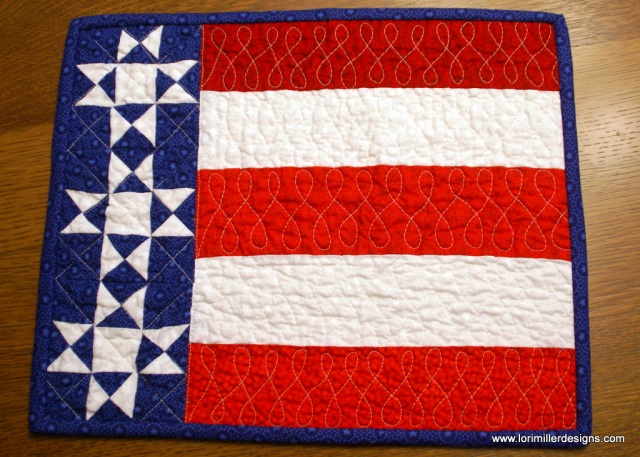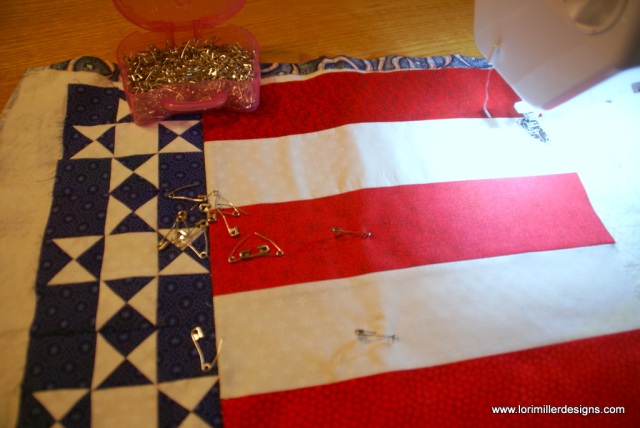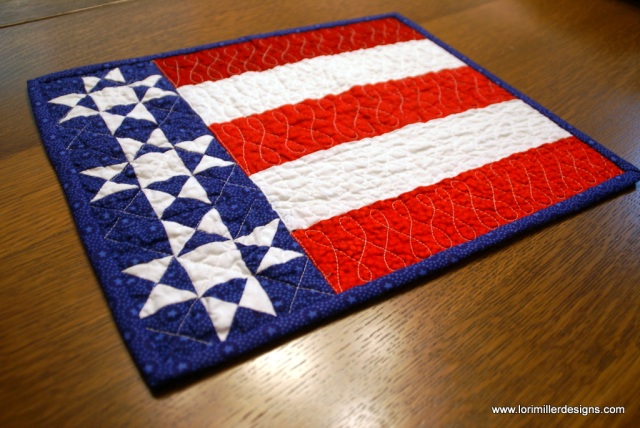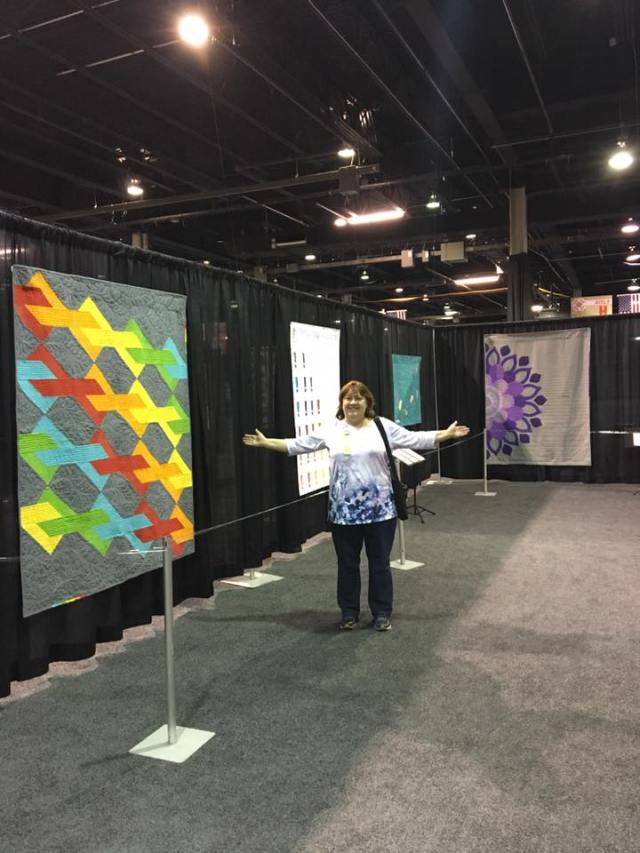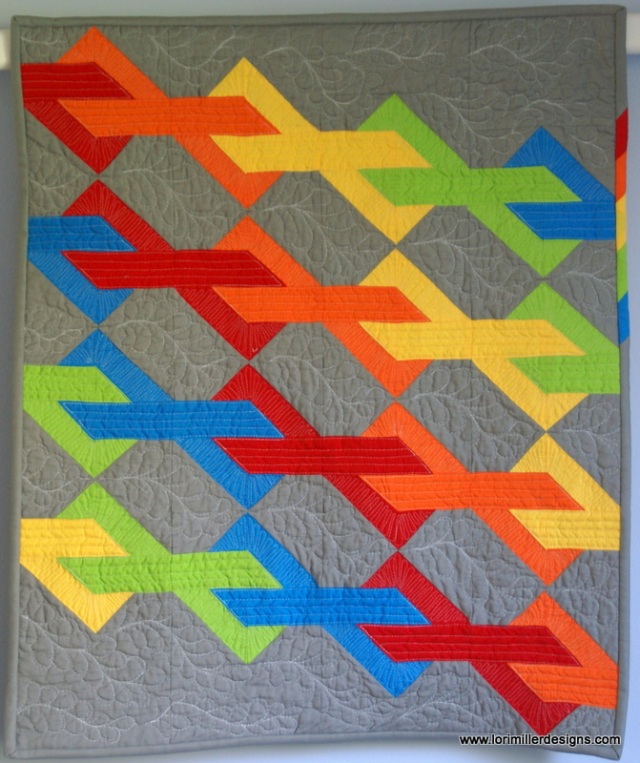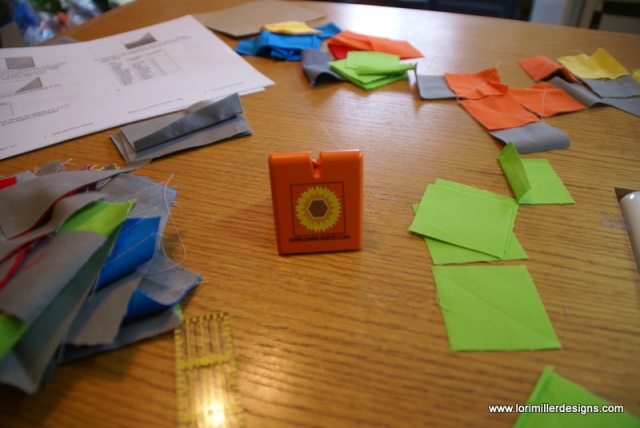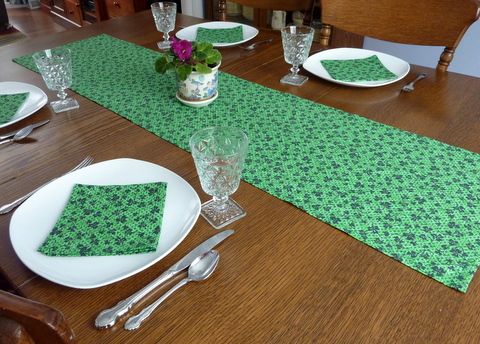
Here is a super easy to make table runner and matching napkins to celebrate St. Patrick’s day. This easy project can be made in any fun novelty fabric. Grab 1 ½ yards of a St Patrick’s day print and stitch this up in time for your corned beef and cabbage dinner. This is a great practical gift idea and a perfect beginner’s project! You will learn to sew a simple hem and stitch straight lines for the table runner and 4 napkins.
Materials:
- 1 ½ yards of a St. Patricks day cotton print (42-45 inches wide)
- Matching thread
- Sewing machine
- Pins
- Iron and Ironing Board
- Measuring tape or sewing gauge
Prepare the Fabric:
Prewash and dry the fabric. I threw mine in the washer on warm with a smidgen of detergent and dried it in the dryer. This will help to pre-shrink the fabric before you sew it together and I think it washes better after use.
Next, iron any wrinkles out of the fabric so that it will lay flat to cut out your pieces.
Cut the fabric:

There is a selvage on each side of the fabric which needs to be cut off. Evenly trim the selvages off the sides. I usually take ½ to 1 inch off to get all of the selvage.

Cut the table runner 16 inches wide and the length of the fabric(approximately 54 inches).
For the napkins, cut 4 squares 13 x 13 inches.
Sew the table runner:
Starting with the ends of the runner, sew a ½ inch double hem. Here is how:

Fold the material over, wrong sides together ½ inch.

Then fold it over ½ inch again to fold the raw edge into the inside of the fabric. Pin the hem in place.

Place your presser foot about 1/8 inch from the edge of the fabric and carefully stitch down the hem.

Topstitch the hem with your sewing machine. Sew as straight as you can. I used a stitch length of 2.5mm. I use my hands like this to guide the fabric to keep the edge of the hem next to the presser foot. Pull the pins out as you go so you don’t have to stitch over them. Trim your threads.
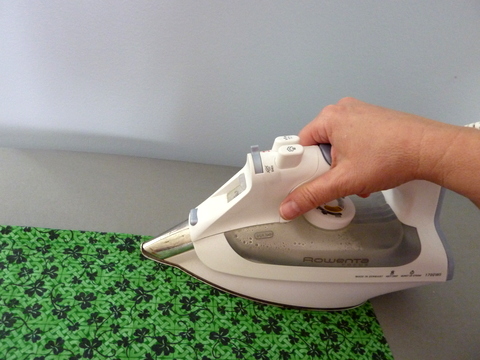
Iron the END hems flat
Now, sew a ½ inch double hem on the long sides of the table runner.
Follow the same steps as you did for the ends of the table runner, only this time you will be pinning the long sides to sew.
On these ends, backstitch 2-3 stitches when you start and end the sides to secure the thread.
Finishing the table runner

Top stitch again around the entire table runner stitching 1/8 inch away from your initial stitch line towards the outside of the table runner.
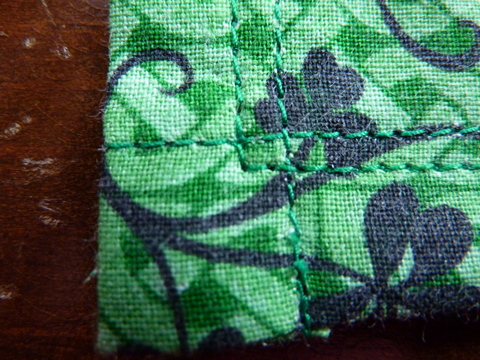
When you get to the corner, take two stitches past the intersecting stitch line and turn. If your stitch length is 2.5 mm, it should be about the right position away from you original line again. Stitch all the way around. Trim your threads.
Sew the napkins
Now that you have mastered the double hem, you get to try a smaller double hem on the napkins.
On opposite sides of a napkin, sew a ¼ inch double hem. Here is how:

Fold the material over, wrong sides together 1/4 inch.

Then fold it over 1/4 inch again to fold the raw edge into the inside of the fabric. Pin the hem in place.

Place your presser foot so that you are stitching right down the middle of your folded hem.
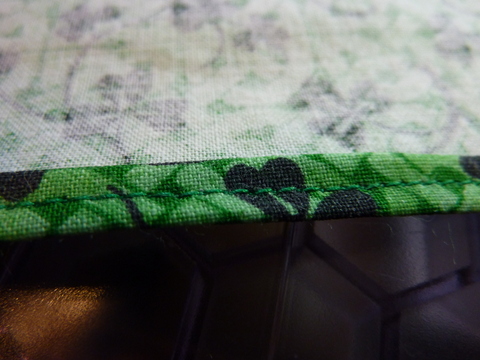
Carefully stitch the hem with your sewing machine. Sew as straight as you can. I used a stitch length of 2.5mm. Pull the pins out as you go so you don’t have to stitch over them. Iron the end hems flat

Now, finish by sewing a 1/4 inch double hem on the remaining sides of the napkins. Follow the same steps as you did for the first two sides.
On these ends, backstitch 2-3 stitches when you start and end the sides to secure the thread. Trim your threads.

Fold the napkin in half and then in half again and iron. Finish the hems on the remaining napkins.
That is it, you have created a beautiful table runner and napkins all by yourself!
You will have some fabric left over, you may be able to make additional napkins or save it in your stash for another project.
Variations: Use any holiday print or just a fun fabric design to create your table runners and napkins. Mix and match coordinating fabric for the table runner and napkins. Play with some decorative stitches on your sewing machine instead of just sewing a straight line for your hems. Have some fun and see what you can create.
Happy sewing!


